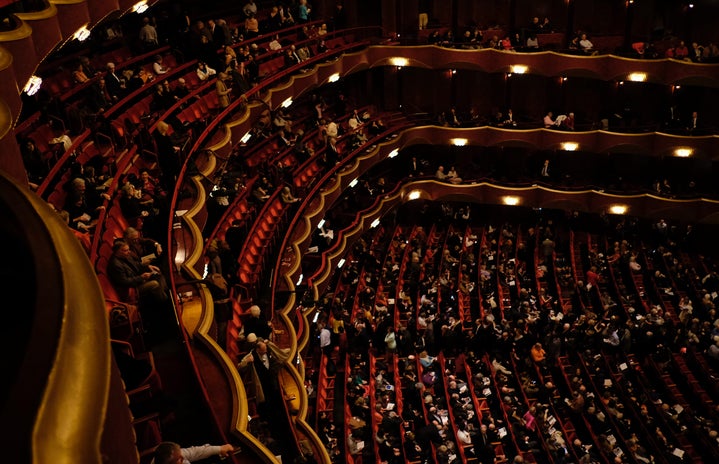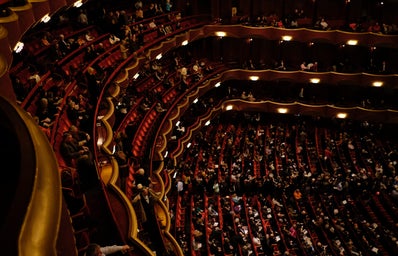October is a month that many people look forward to. It is when things start feeling very “Autumn-like.” The shift in colors on the leaves, the “spooky” decorations come out, apple orchards, pumpkin patches, sweaters, and the topic of concern, Halloween. All these things make the fall time what it is, and this is why many people love the season,myself included. However, like most things people like, there are some downsides to it as well. As children, many of us probably looked forward to Hallows Eve and trick or treating. It is the time of the year you get to dress up as anything your imagination could come up with, and you are allowed to eat as much candy as you want. Even as adults, so many people continue to participate in this national “holiday” for different reasons.
While I grew up practically jumping up and down at the mention of Halloween, and as an adult now, I enjoy the decorative aspects and the feelings that Halloween brings along; I do not necessarily love the idea behind it nor do I like how some people “halloween”. Halloween, like many holidays are packed with colonial methods and traditions that exploits, capitalizes, and negatively affects many in various ways.
As Halloween creeps around the corner, I always find myself holding my breath, waiting to see if anyone decides to dress up as a “Native American Princess,” a random black man with a fro, a Mexican person with a sombrero, or anything of sorts. The conversation surrounding cultural appropriation has been happening for quite some time now, however many people seem to miss the point. I am not going to explain why cultural appropriation is wrong or which costumes classify as cultural appropriation. That is not my job. It is not the responsibility of individuals of cultural minority groups to explain why,nor should they have to do it every year as Halloween approaches. It is as simple as it is fucked up to deliberately seek out, buy, wear costumes, hairstyles, and attire that trivializes someone else’s culture. Despite the increasing efforts to bring attention to this issue, people that are outside of the depicted cultural groups continue to do so.
I want to pay special attention to indigeneity, and the toxic contribution Halloween adds to the lives of indigenous people at this time of the year. I bet you have seen it many times before: the costume of “The Native American”: with the stereotypical brown suit, headdress, and fringe garb with racist and sexualized names like “Native warrior princess” or “Reservation royalty” (I hope you see the issue with this). When people wear costumes like this, it renders the entire indigenous community (in all their unity and differences) invisible. It also places native women at an extremely vulnerable position that they are already in by being sexualized and glorified in ways that do not accurately represent them.
A flow chart created by Danielle Miller does a great job of showing the way the actions and behaviors of non-native people can affect the community. Take a second to look it over and analyze it. So, while preparing for Halloween, take time to reflect on your costume and if it is doing any harm. After all, the scariest thing one can do not just on Halloween but any day of the year is appropriate and trivialize someone’s identity and culture.


